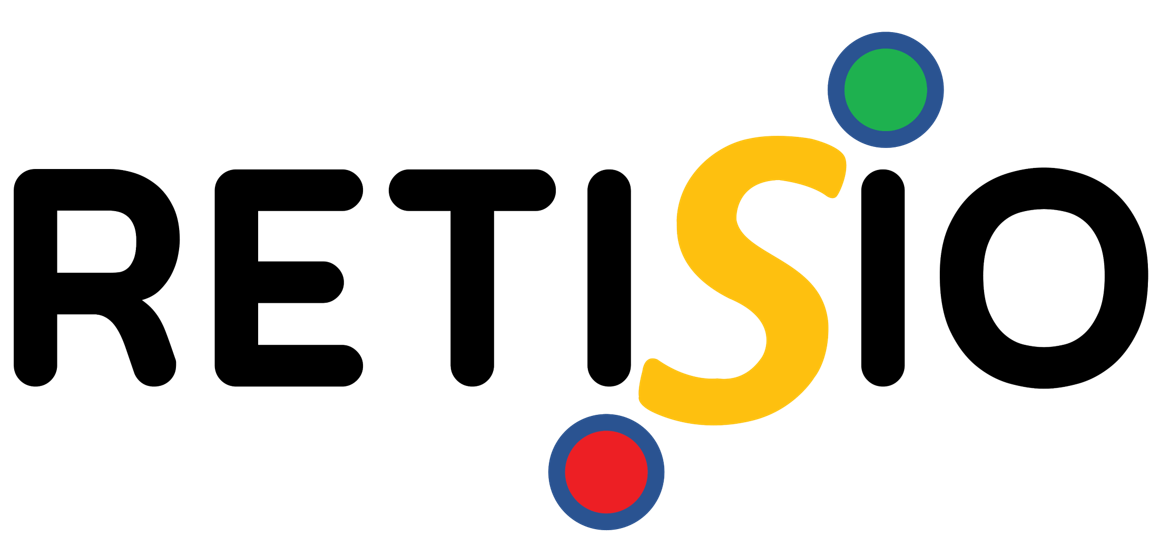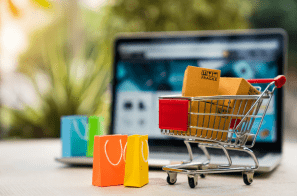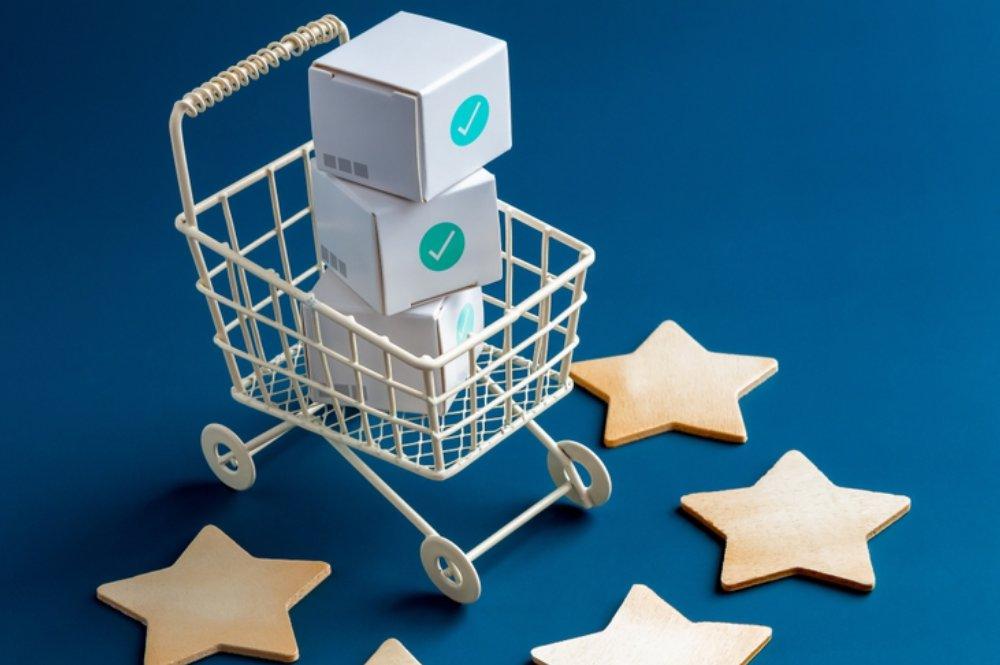Migrating from a legacy ecommerce platform to a modern solution is no small feat, but it’s a strategic necessity in 2025. Legacy systems often lack the flexibility, scalability, and personalization capabilities that today’s customers demand. To ensure a smooth transition, here’s a comprehensive checklist for ecommerce and retail leaders embarking on this critical journey.
Step 1: Define Your Objectives
Before diving into the migration process, it’s essential to clarify your goals. Are you aiming to improve site performance, enable personalized shopping experiences, or integrate advanced analytics? Defining objectives will guide your platform selection and migration strategy.
Step 2: Assess Your Current System
Conduct a thorough audit of your existing platform, identifying:
- Bottlenecks in performance
- Limitations in scalability
- Features that are critical to your business
Step 3: Choose the Right Modern Platform
Evaluate platforms based on:
- Scalability: Can it handle traffic spikes during peak seasons?
- Integration: Does it support APIs for seamless integration with third-party tools?
- Flexibility: Can you customize it to meet your unique business needs?
- Time to Market: Opt for platforms like RETISIO that offer rapid implementation timelines.
Step 4: Plan the Migration Process
- Data Migration: Ensure accurate transfer of customer, product, and order data.
- Feature Mapping: Identify features to retain, enhance, or eliminate.
- Phased Rollout: Start with a pilot phase to test the new platform before full-scale deployment.
Step 5: Optimize for Customer Experience
Modern platforms often come with built-in personalization and AI capabilities. Leverage these to:
- Deliver tailored product recommendations
- Optimize search functionality
- Streamline checkout processes
Step 6: Test and Iterate
Comprehensive testing is crucial to ensure:
- Compatibility across devices and browsers
- Seamless integration with payment gateways and third-party apps
- Optimal load times and performance under heavy traffic
Step 7: Train Your Team
Equip your team with the knowledge to manage and optimize the new platform effectively. Offer training on:
- Platform-specific features
- Analytics and reporting tools
- Troubleshooting common issues
Step 8: Monitor and Optimize Post-Migration
Once the new platform is live:
- Monitor performance metrics
- Gather customer feedback
- Continuously update and refine features
Final Thoughts
Migrating to a modern ecommerce platform is a transformative step that positions retailers for long-term success. By following this checklist, you can mitigate risks, streamline the process, and unlock new opportunities for growth in 2025.



